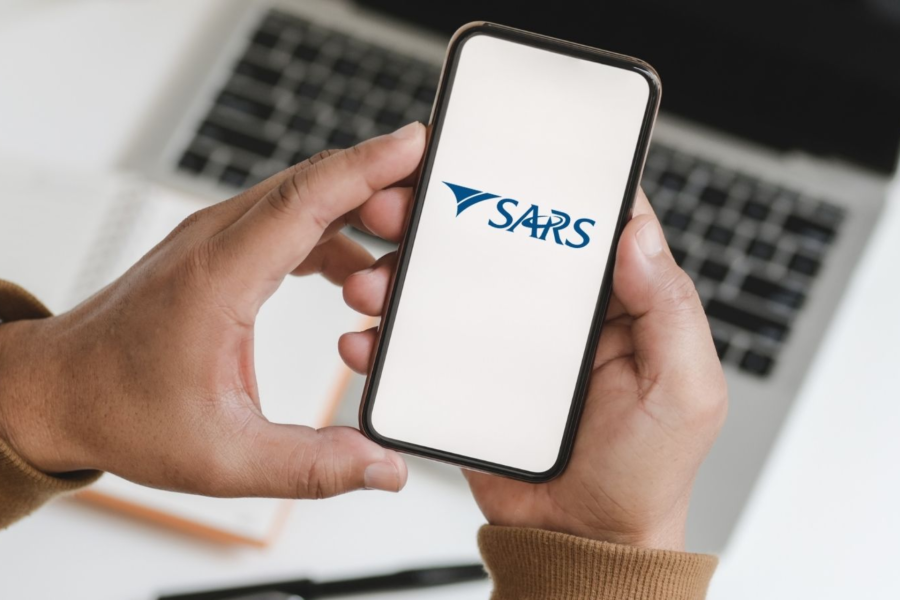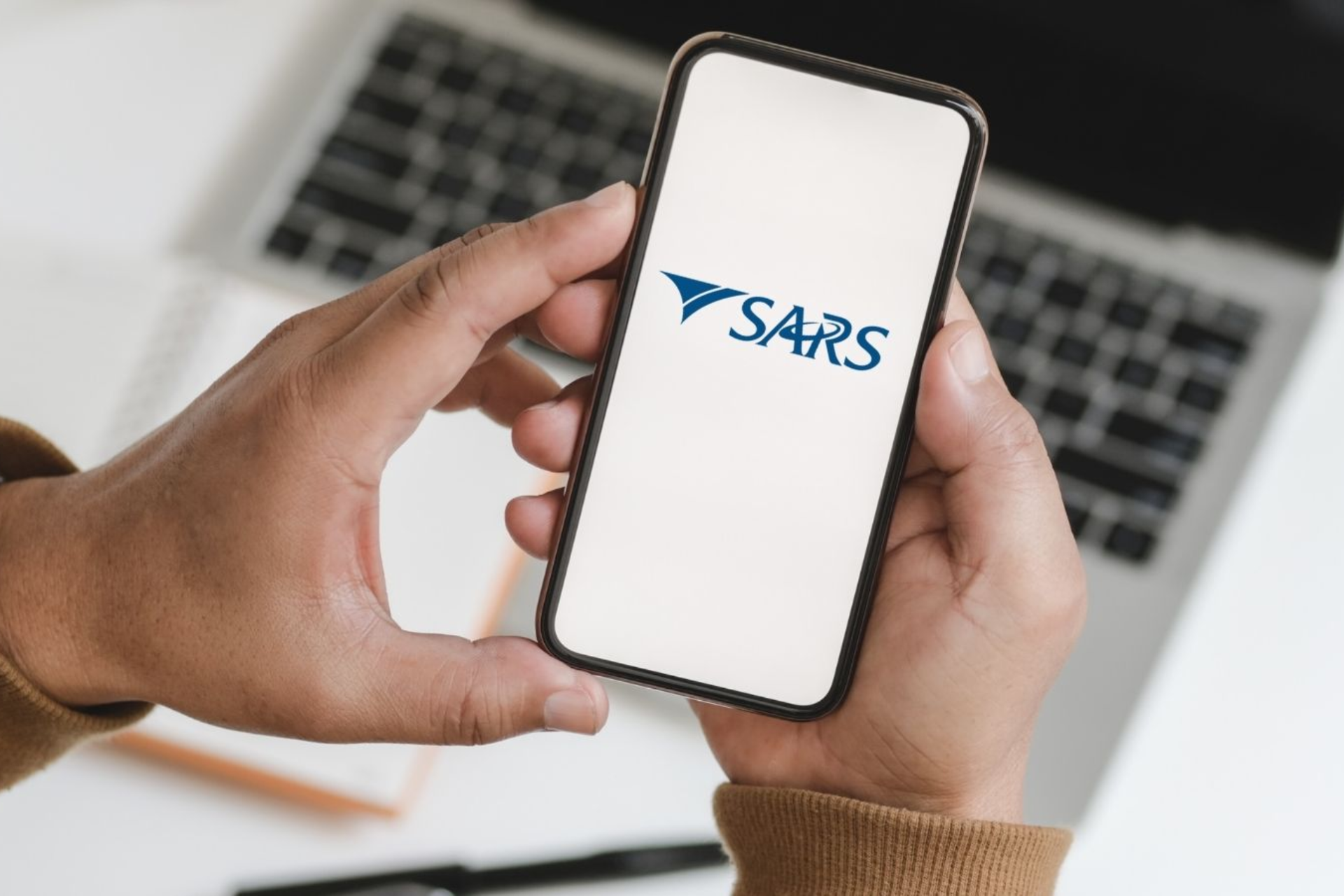
Tax return: 7 things you need to know
With 2023 tax season starting on July 7, 2023 – and SARS auto assessment notifications starting on Friday June 30 – it is nearly time to file your tax return. No matter how often you’ve done one, or how smooth SARS insists the process will be in 2023, Taxtim advises you to consider these 7 points to file your tax return in […]

With 2023 tax season starting on July 7, 2023 – and SARS auto assessment notifications starting on Friday June 30 – it is nearly time to file your tax return. No matter how often you’ve done one, or how smooth SARS insists the process will be in 2023, Taxtim advises you to consider these 7 points to file your tax return in record time.
1. WHAT IS AN INCOME TAX REFERENCE NUMBER AND HOW DO I GET ONE?
An income tax reference number is a 10-digit-long number that appears on your IRP5. Through SARS eFiling there is now a quick and convenient online process to register for an income tax reference number.
Once you’re registered, you can also make use of the SARS MobiApp.
2. HOW DO I REGISTER FOR SARS EFILING?
As a registered taxpayer with an income tax reference number, you will be eligible to use SARS eFiling. To register, simply visit the SARS eFiling > click on REGISTER and follow the prompts. You can also download the SARS MobiApp on your phone.
Once you have registered, you can file your tax return, make payments to SARS and more. If you’re battling with the website, you can also call SARS on 0800 007 277.
3. HOW DO I UPDATE MY PHYSICAL ADDRESS AND OTHER DETAILS?
It is important that you always keep your address, banking and all other details up to date the on SARS eFiling portal. Simply click on Home > SARS Registered Details > Maintain SARS Registered Details and make the changes on the online form. Do not forget to click SAVE and FILE before you leave the page.

Although SARS does not recommend it, if you’re struggling with the website , you can take your documents directly to a SARS branch. But you must call ahead – 0800 007 277 – to book ahead of time at the relevant branch.
ALSO READ: Sudan: Battle for key police base claims at least 14 lives
4. WHAT IS AN IRP5?
This is issued at the end of each tax year by your employer to SARS. It is the employee’s tax certificate and a copy must be given to you. This document details all your income, deductions and related taxes for the tax year.
Once your employer has submitted one, it will appear in SARS eFiling when you login. If your IRP5 is not uploaded by your employer, you must contact them directly to amend the issue.
5. WHAT IS PAY AS YOU EARN (PAYE)?

PAYE is employee’s tax which an employer pays to SARS on your behalf. The PAYE reference number relates to an employer who pays and deducts this.
Like an income tax reference number, the PAYE number is also a 10-digit-long number that appears on your IRP5. However, so you don’t get them mixed up, a PAYE number only starts with the number 7.
6. WHAT IF I DON’T HAVE A SOUTH AFRICAN BANK ACCOUNT?
The good news is you will still be able to file a South African tax return even if you don’t have a South African bank account.
You need to send a certified copy of your ID/passport, a certified copy of three-months foreign bank statement, and a certified copy of your foreign address (reflecting your name and surname such as a utility bill) to jmentz@sars.gov.za to confirm that you do not have a SA bank account.
7. WHAT IS THE TAX DIRECTIVE NUMBER?

Appearing at the bottom of your IRP5, if you received a lump sum, earned commission or your employer paid you a share option, you will receive a tax directive number.
Essentially, a tax directive number is an instruction that SARS gives to your employer or fund to not deduct tax on those earnings received. For more information on tax directives click HERE.
This article is for informational purposes only and should not be construed as financial, tax or legal advice. For further details consult SARS the website or get in touch with a tax specialist.